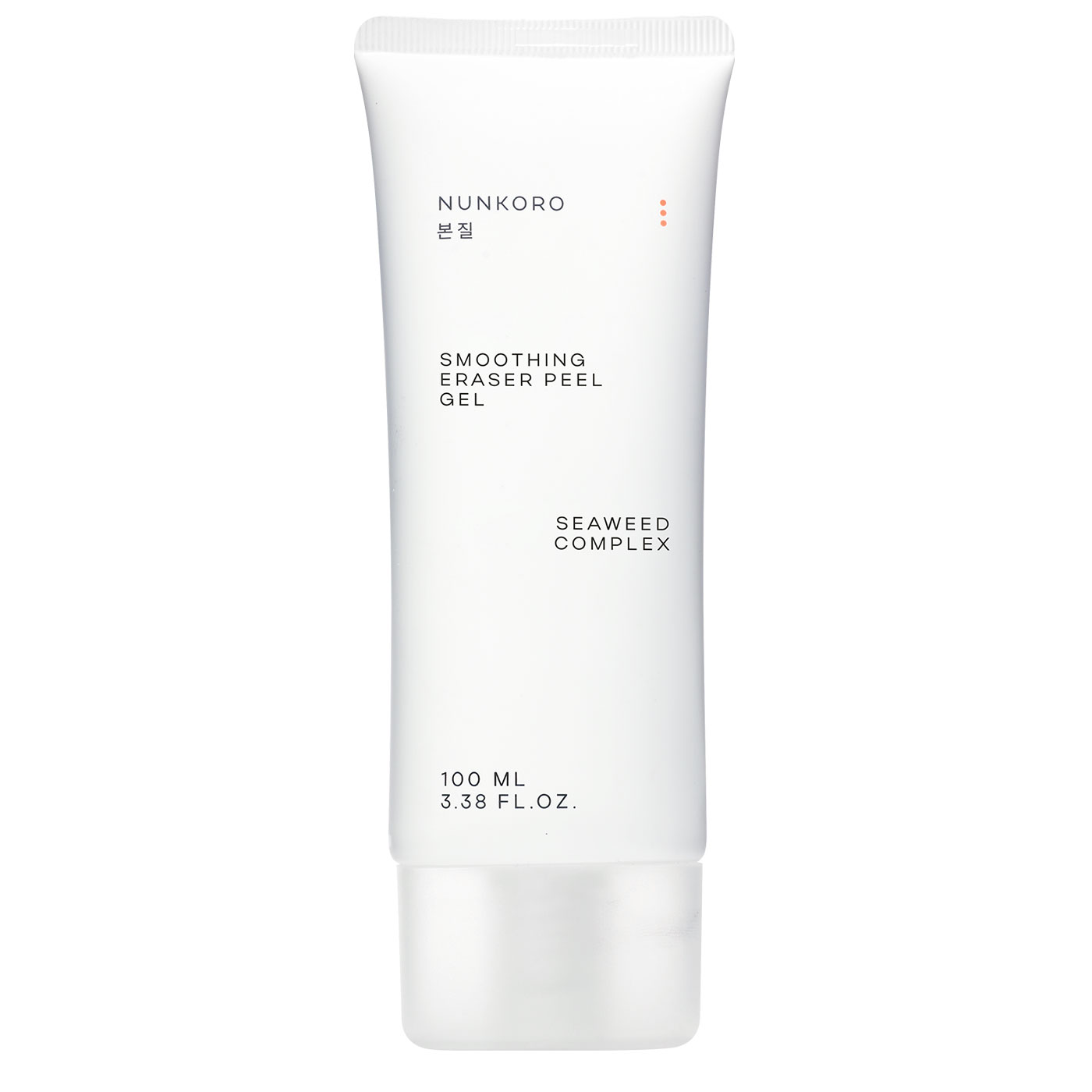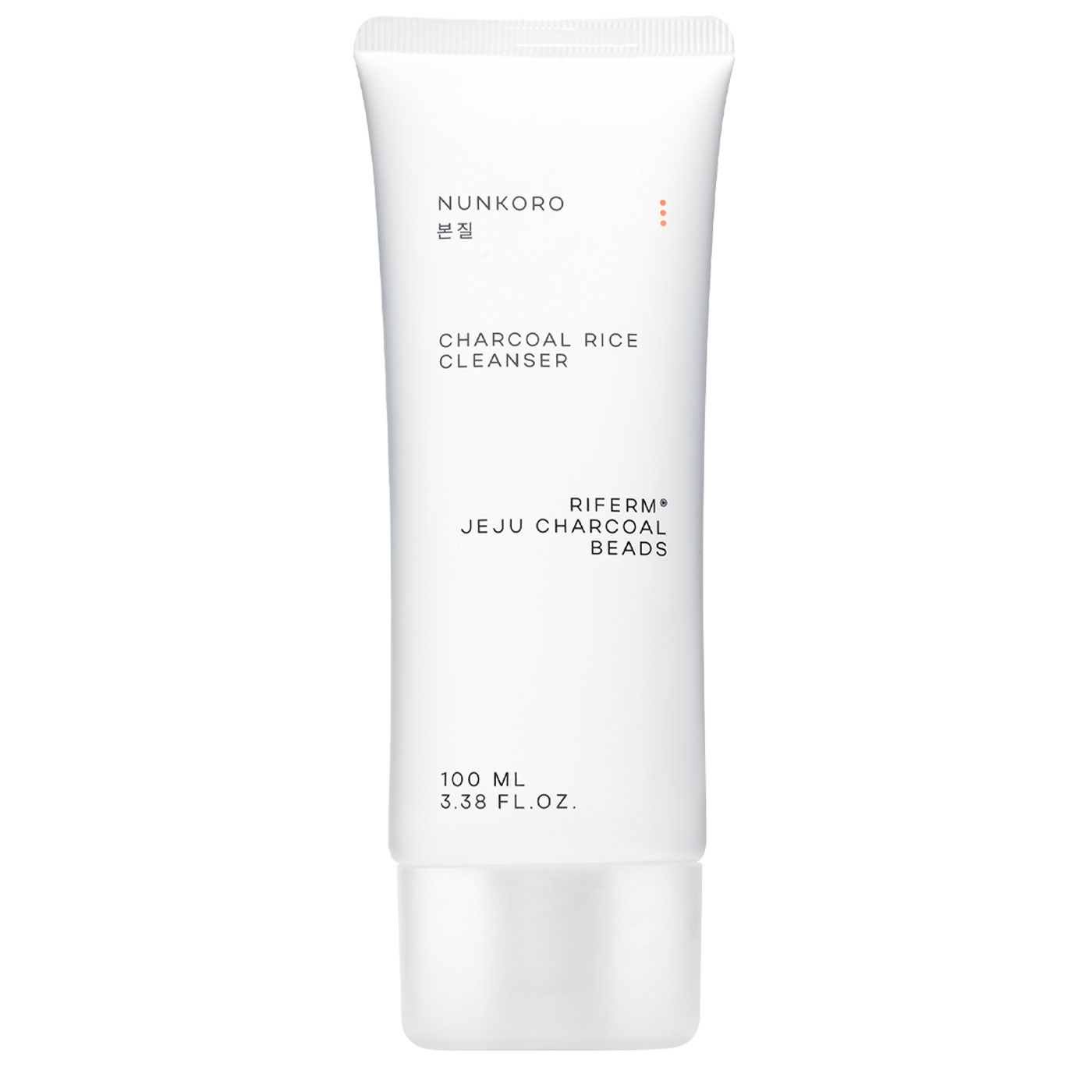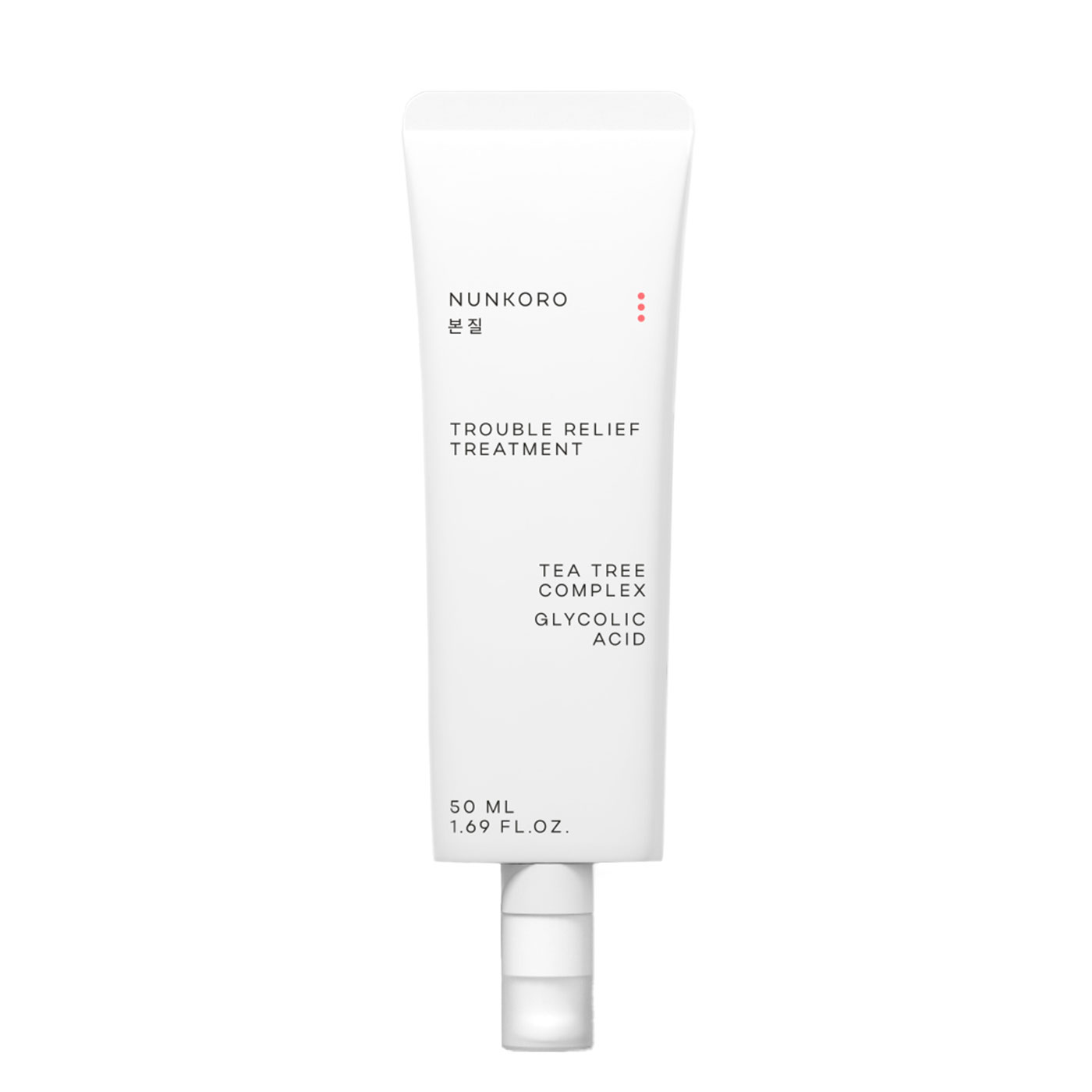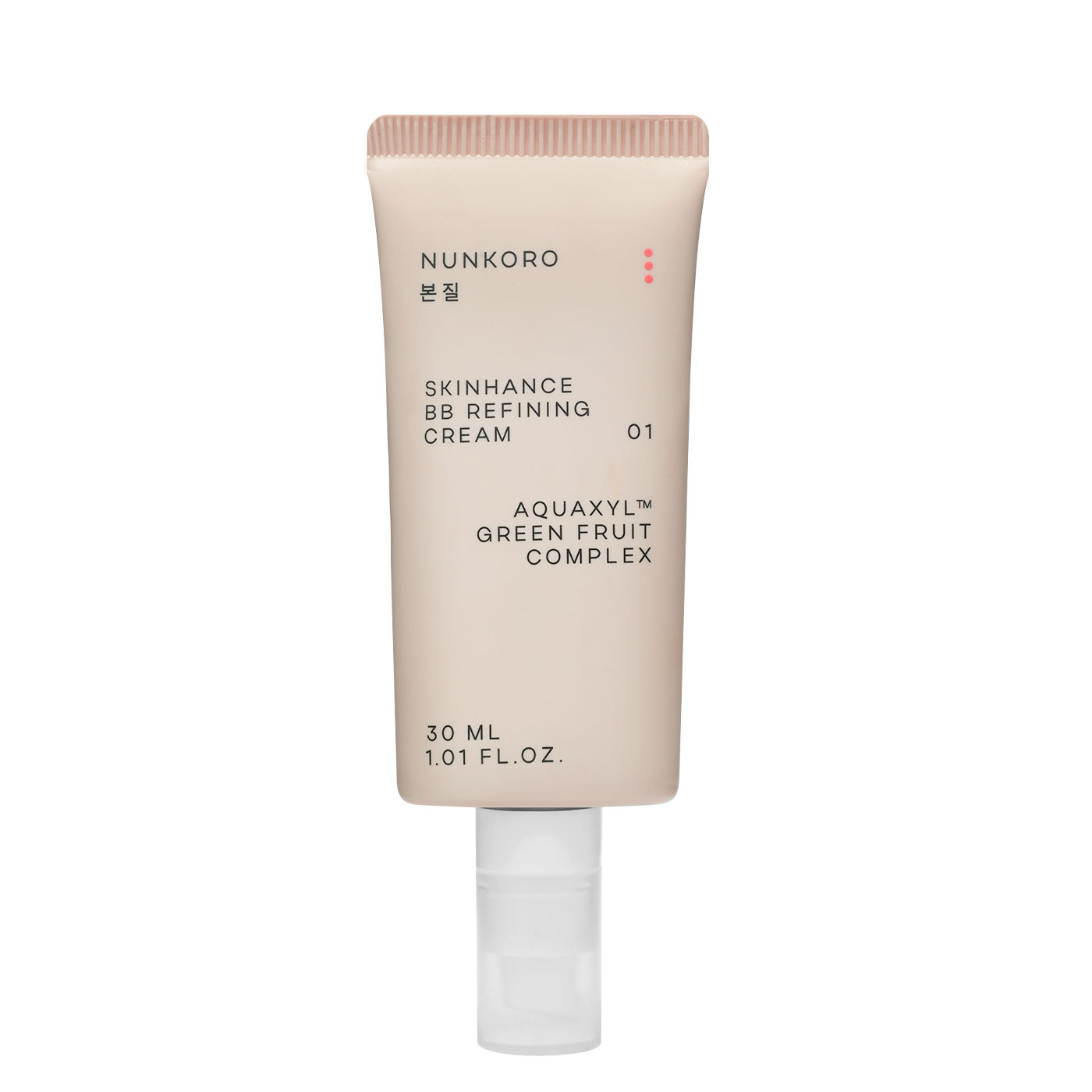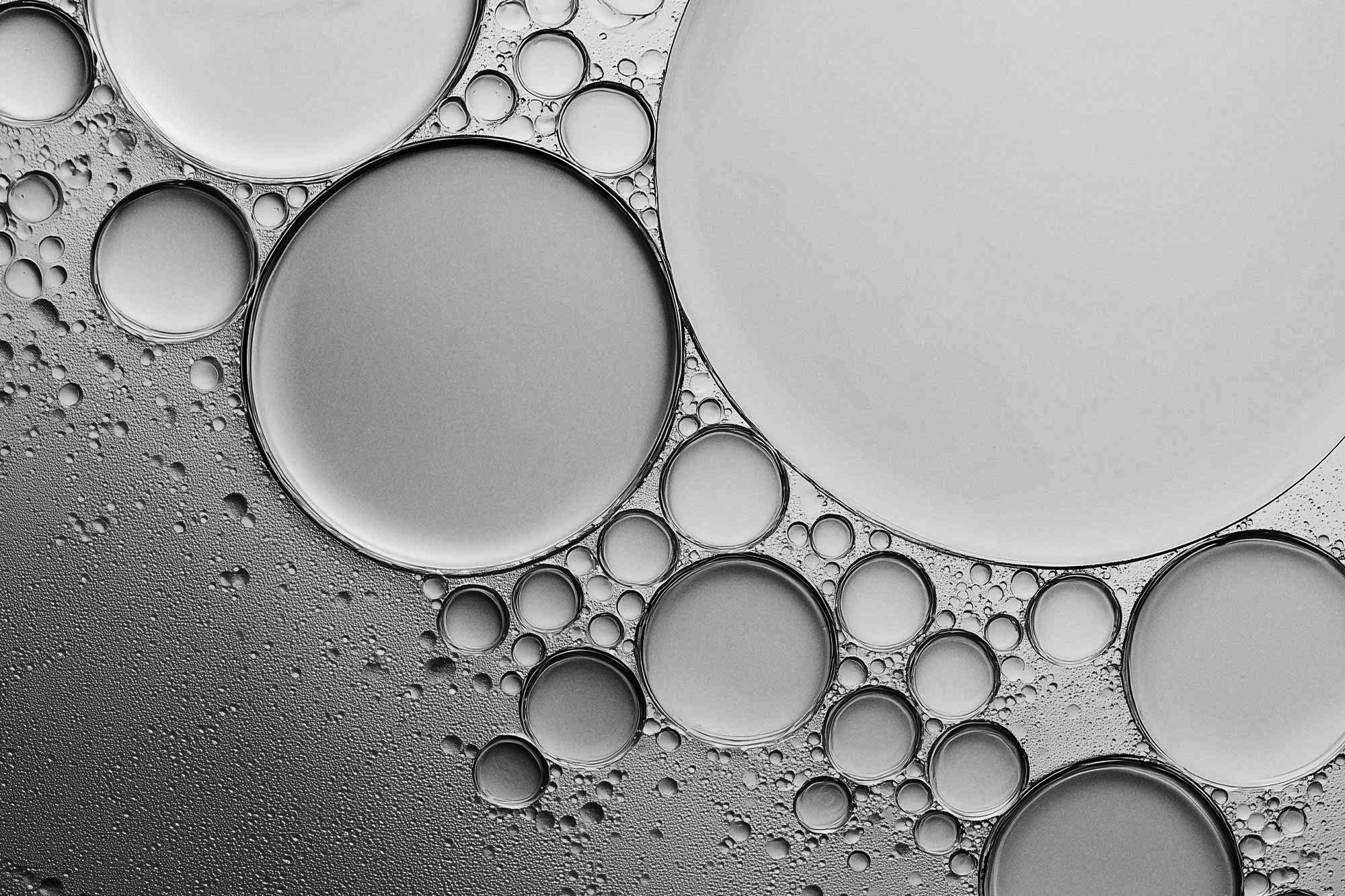
The skin is a dynamic organ that constantly interacts with its environment. As seasons and climates change, factors such as temperature, humidity, UV radiation, and environmental pollutants exert significant pressure on the skin's homeostatic mechanisms. A static skincare routine is often insufficient to address these fluctuating needs, leading to issues ranging from dehydration and sensitivity in winter to excess sebum and photo-oxidative stress in summer. This article provides a scientific overview of how seasonal variations impact skin physiology and offers evidence-based strategies for adapting your skincare regimen to maintain optimal skin health year-round.
THE IMPACT OF CLIMATE AND SEASONS ON SKIN NEEDS: A SCIENTIFIC GUIDE TO ADAPTING YOUR SKINCARE ROUTINE
THE SKIN-ENVIRONMENT INTERACTION: A DELICATE BALANCE
The primary function of the skin barrier, located in the outermost layer (the stratum corneum), is to protect the body from external aggressors while preventing excessive water loss [1]. This barrier is a complex structure of corneocytes (flattened dead skin cells) embedded in a lipid-rich matrix of ceramides, cholesterol, and free fatty acids. Environmental conditions directly influence the integrity of this barrier. Low humidity, for instance, increases the gradient for water to escape from the skin, a process known as transepidermal water loss (TEWL) [2]. Conversely, high UV exposure generates reactive oxygen species (ROS), which damage cellular structures, including lipids and collagen, accelerating the ageing process [3]. Understanding these interactions is the first step toward building a resilient, adaptive skincare strategy.
WINTER SKINCARE: FOCUS ON BARRIER REPAIR AND OCCLUSION
The Challenge: Winter is characterised by low ambient humidity and dry indoor heating. This combination severely dehydrates the skin, compromises the lipid barrier, and can exacerbate conditions like atopic dermatitis and psoriasis [4]. The skin may appear dull, feel tight, and become more prone to redness and irritation as its protective capacity diminishes.
Routine Adaptation Strategies:
- Cleansing: Switch from foaming cleansers, which can be stripping, to cream, oil, or balm-based formulas. These gentler options cleanse effectively while preserving the skin's natural lipids.
- Hydration & Moisturisation: This is the cornerstone of winter care. Layering products is highly effective. Start with a humectant-rich serum (containing ingredients like hyaluronic acid, glycerin, or polyglutamic acid) on damp skin. Follow immediately with a richer, more occlusive moisturiser. Look for formulas containing ceramides to actively replenish the skin barrier, along with emollients and occlusives like shea butter, squalane, or dimethicone to form a protective layer that minimizes TEWL [5].
- Exfoliation: Reduce the frequency and intensity of exfoliation. Over-exfoliating a compromised winter barrier can lead to significant irritation. Opt for gentler chemical exfoliants like lactic acid or PHAs (polyhydroxy acids) over harsh physical scrubs or high-concentration glycolic acid.
- Sun Protection: UVA rays, which penetrate clouds and glass and are a primary driver of photoageing, are present year-round. Continue to use a broad-spectrum SPF 30 or higher daily [3].
SUMMER SKINCARE: MANAGING SEBUM, UV DAMAGE, AND CLOGGING
The Challenge: High temperatures and humidity stimulate the sebaceous glands to produce more oil [6]. Combined with sweat and daily sunscreen application, this can lead to clogged pores, breakouts, and a feeling of heaviness on the skin. Furthermore, peak UVB and UVA radiation levels dramatically increase the risk of sunburn, hyperpigmentation, and long-term DNA damage.
Routine Adaptation Strategies:
- Cleansing: A more thorough cleansing routine may be necessary. Double cleansing in the evening—starting with an oil-based cleanser to break down sunscreen and sebum, followed by a water-based gel or foam cleanser—is an effective method to prevent congestion.
- Hydration: Switch to lightweight, non-comedogenic moisturisers. Gel, gel-cream, or light lotion textures provide necessary hydration without feeling heavy or occlusive.
- Antioxidant Protection: Incorporate a potent antioxidant serum, such as one containing L-ascorbic acid (Vitamin C), ferulic acid, and Vitamin E. Applied in the morning before sunscreen, antioxidants help neutralize free radicals generated by UV exposure, providing an additional layer of defence against photoageing [7].
- Sun Protection: This is the most critical step. Use a broad-spectrum sunscreen with an SPF of at least 30 (preferably 50) and reapply every two hours when outdoors. Consider water-resistant formulas if you are active or sweating.
TRANSITIONAL SEASONS (SPRING & AUTUMN): PRIORITISING BALANCE AND REPAIR
The Challenge: Spring and autumn are defined by unpredictability. Fluctuating temperatures and humidity levels can leave the skin confused. Spring often brings an increase in allergens like pollen, which can trigger sensitivity, while autumn is an ideal time to repair any summer-induced sun damage. Air pollution can also be a significant stressor during these periods [8].
Routine Adaptation Strategies:
- Listen to Your Skin: Pay close attention to your skin's daily needs rather than following a rigid plan. Some days may require a richer moisturizer, others a lighter one.
- Gradual Adjustments: Do not overhaul your entire routine at once. Transition products incrementally. For example, as spring progresses, you might swap your winter cream for a lotion before fully committing to a summer gel.
- Focus on Repair: Autumn is the perfect season to re-introduce or increase the use of active ingredients like retinoids or stronger exfoliants to address hyperpigmentation and textural irregularities from the summer months [9].
- Incorporate Soothing Ingredients: To combat the potential for irritation from weather fluctuations and allergens, look for calming ingredients like Centella Asiatica (Cica), Niacinamide, and Panthenol.
CONCLUSION
needs. By understanding the physiological impact of seasonal and climatic changes, consumers can make informed adjustments to their routines. Prioritising barrier reinforcement in the winter, focusing on oil control and robust sun protection in the summer, and emphasising balance during transitional seasons form the foundation of intelligent, year-round skincare. This proactive and flexible approach is the key to maintaining a resilient, healthy, and radiant complexion through every season.
REFERENCES
- Elias, P. M. (2005). Stratum corneum defensive functions: an integrated view. Journal of Investigative Dermatology, 125(2), 183-200.
- Engebretsen, K. A., Johansen, J. D., Kezic, S., & Thyssen, J. P. (2016). The effect of environmental humidity and temperature on skin barrier function and dermatitis. Journal of the European Academy of Dermatology and Venereology, 30(2), 223-249.
- D'Orazio, J., Jarrett, S., Amaro-Ortiz, A., & Scott, T. (2013). UV radiation and the skin. International Journal of Molecular Sciences, 14(6), 12222-12248.
- Goad, N., & Gawkrodger, D. J. (2016). Pruritus in dermatology. Journal of the American Academy of Dermatology, 75(3), 479-488.
- Lodén, M. (2012). The clinical benefit of moisturizers. Journal of the European Academy of Dermatology and Venereology, 26(9), 1076-1082.
- Youn, S. W., Park, E. S., Lee, D. H., Huh, C. H., & Park, K. C. (2005). Does facial sebum excretion really affect the development of acne? British Journal of Dermatology, 153(5), 919-924.
- Pinnell, S. R., Yang, H., Omar, M., Monteiro-Riviere, N., DeBuys, H. V., & Walker, L. C. (2005). Topical L-ascorbic acid: percutaneous absorption studies. Dermatologic Surgery, 27(2), 137-142.
- Araviiskaia, E., Berardesca, E., Bieber, T., Gontijo, G., M. de Guzman, M., & Dréno, B. (2019). The impact of airborne pollution on the skin. Journal of the European Academy of Dermatology and Venereology, 33(8), 1496-1505.
- Zasada, M., & Budzisz, E. (2019). Retinoids: active molecules influencing skin structure formation in cosmetic and dermatological treatments. Postepy Dermatologii i Alergologii, 36(4), 392-397.
